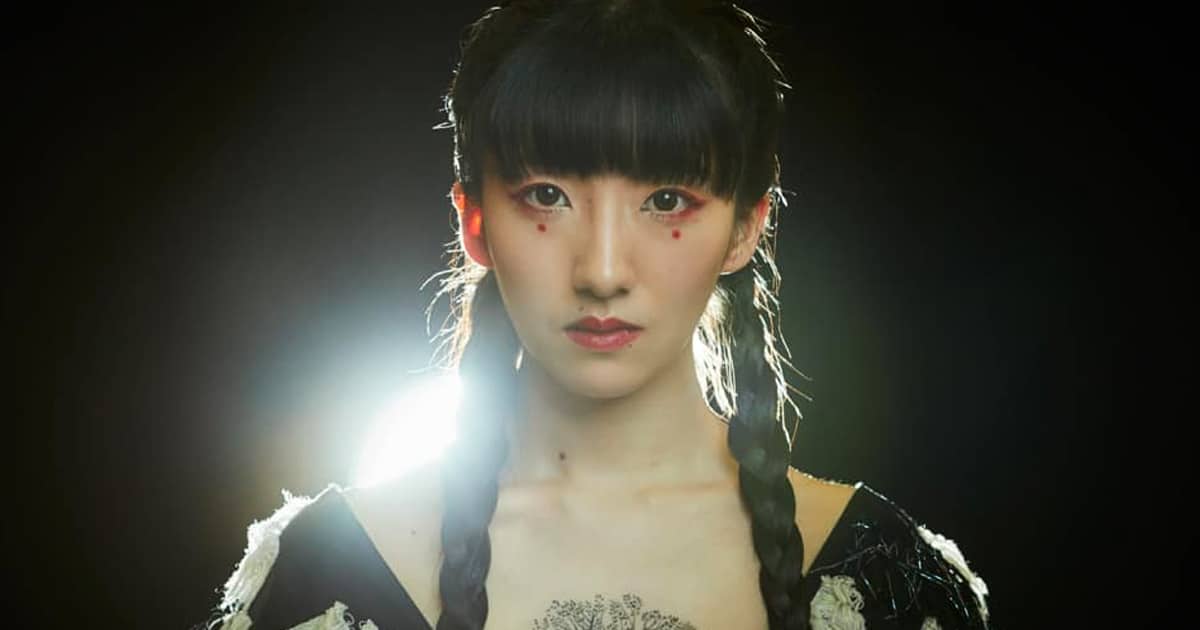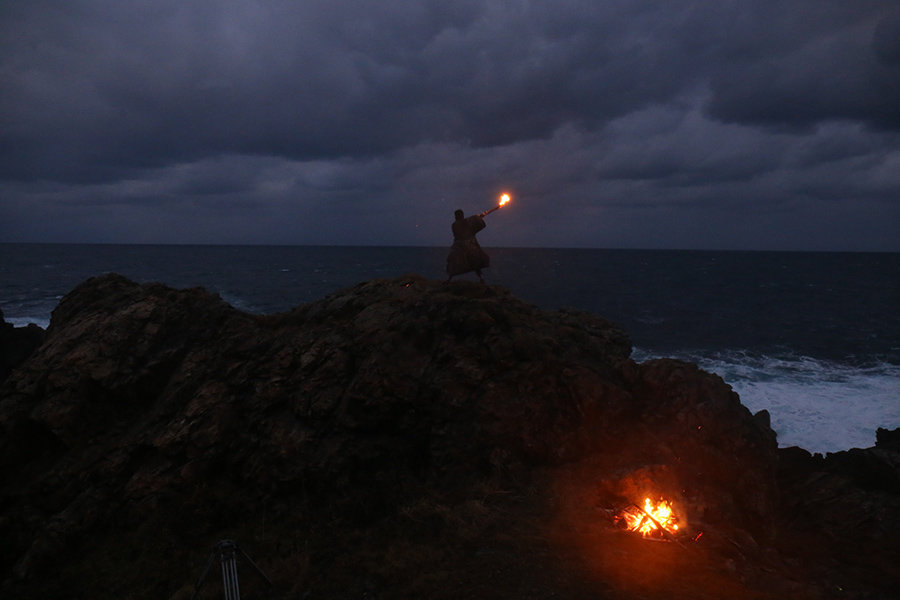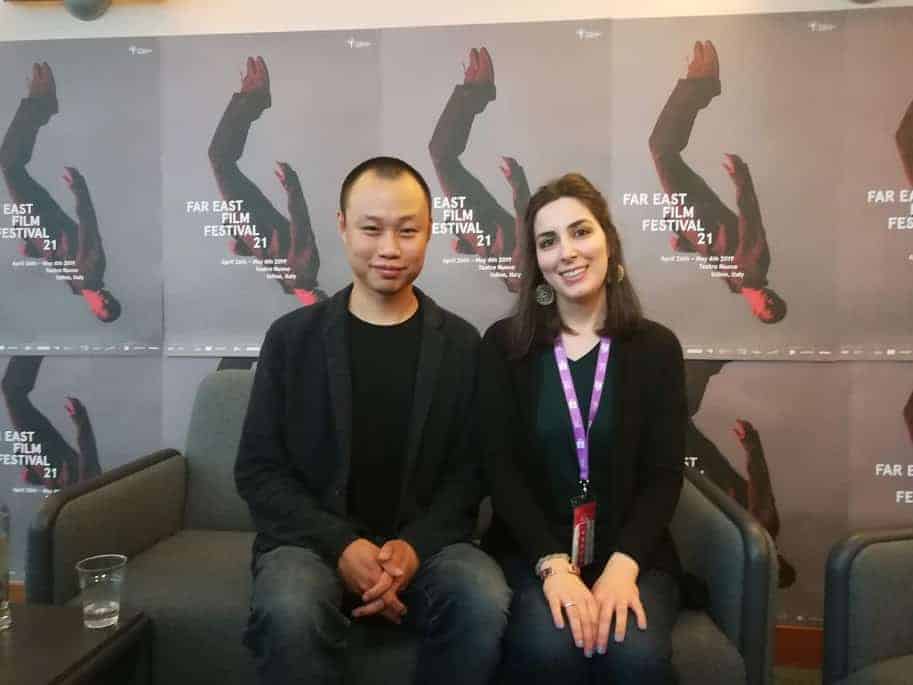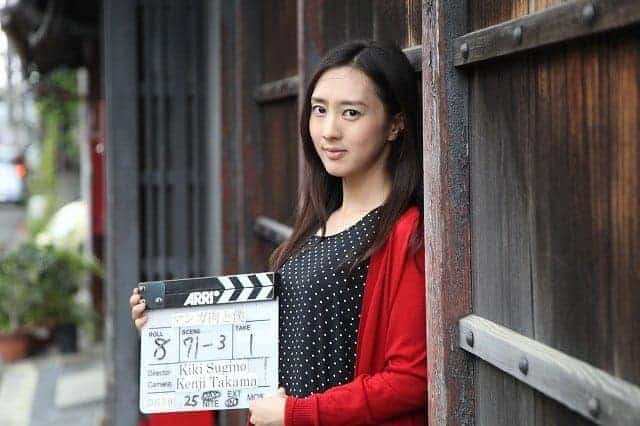6. Tokyo Sonata (2008)

Using utter realism, Kurosawa presents the hardships a family faces in the middle of the financial crisis, similar to the same bitter truth Sam Mendes showed in “American Beauty”. However, the consequences, equally on a practical and a psychological level, are even worse for the Japanese male population in particularly, who actually define themselves through their work and their financial capacity. Ryuhei, a genuine “representative” of patriarchy, losing the role of the leader-provider after his firing, finds himself completely lost and without any kind of purpose, essentialy trying to hold onto any kind of authority he has left upon his family by reacting negatively in every change in their lives they try to make. Furthermore, Kurosawa uses both him and Megumi in order to show that the real, radical change only comes when someone hits rock bottom, in probably the most shocking part of the film. “Tokyo Sonata” is a masterpiece, one of the best contemporary family dramas of all time and a must-see of all fans of cinema (Panos Kotzathanasis)
7. Penance (2012)
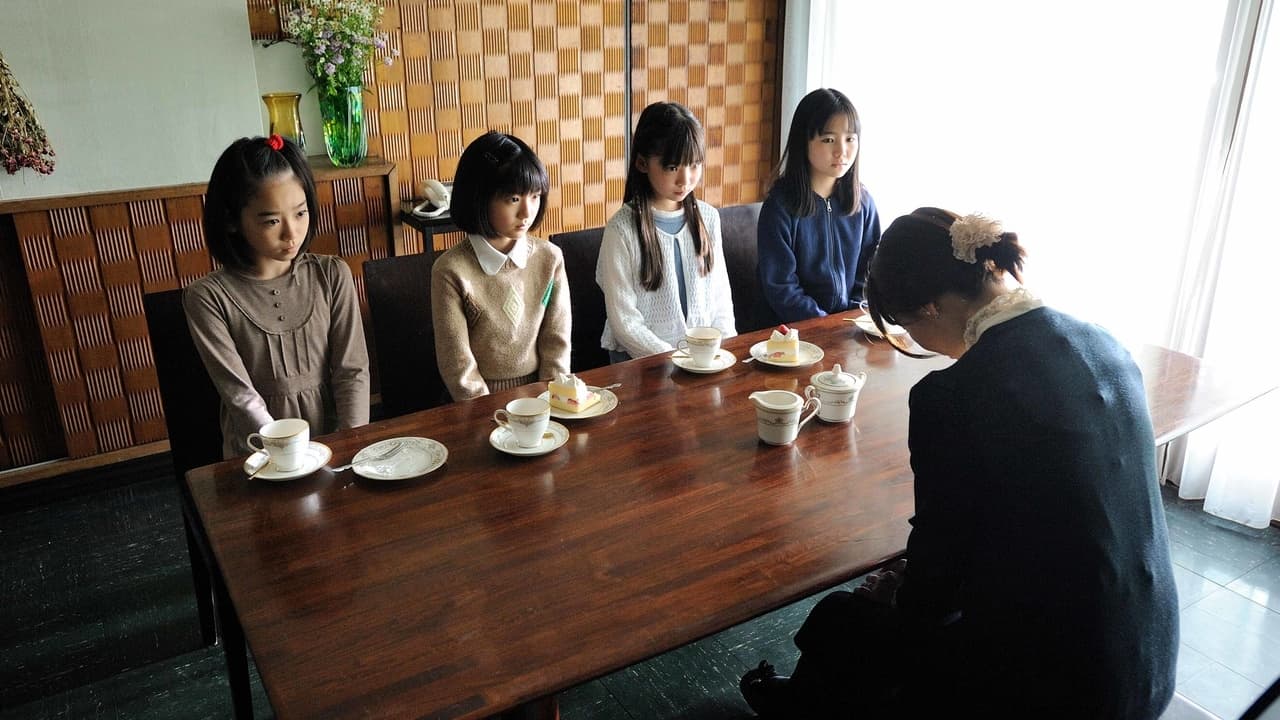
The sense the overall series leaves is exceptional, both contextually and cinematically. The concept of trauma, and the implications it can have to both children for their whole life and to grownups, is a central one, but the impressive thing is how Kurosawa presents it in the series. The four survivors may be victims of the events, a tendency that continues when they grow up, but at the same time, they are also femme fatales, in a truly original approach that allows them to go against their perceived victimized nature, and adds much to the overall narrative, particularly because it also includes Asako. (Panos Kotzathanasis)
8. Journey to the Shore (2015)
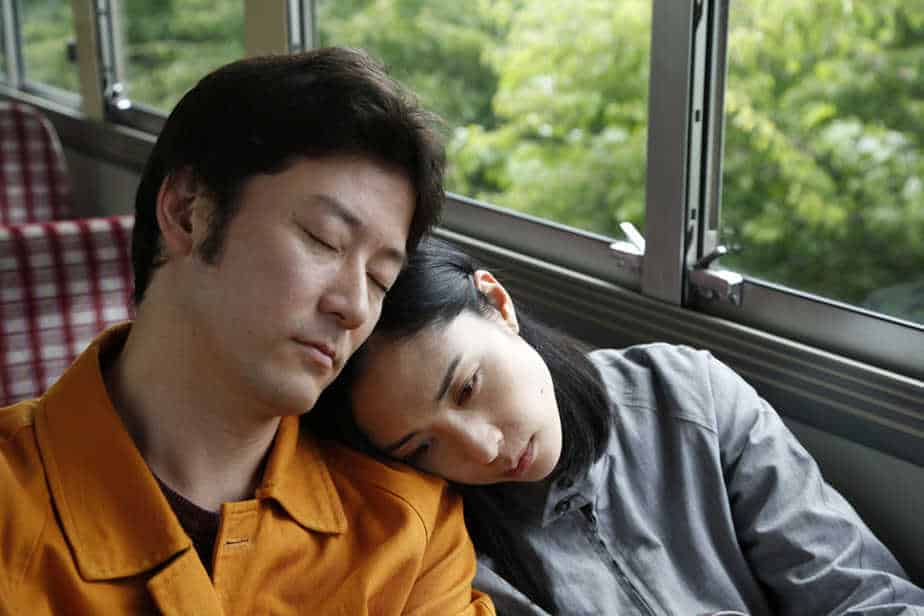
Kurosawa portrays an unnatural concept in the most natural of ways, thus connecting, in a way, his earlier works of supernatural horror (“Pulse”, “Cure”) with his social dramas (“Tokyo Sonata”). In one of his most tender films, Kurosawa uses Japanese tradition and particularly “mitoru”, a “procedure” where people close to somebody who suffers from a terminal illness spend with him his last hours, in order to present an exquisite love story that balances between the metaphysical melodrama and the physical romance. Through mitoru, Yusuke and Mizuki are eventually led into a transcendental world. (Panos Kotzathanasis)
9. Creepy (2016)
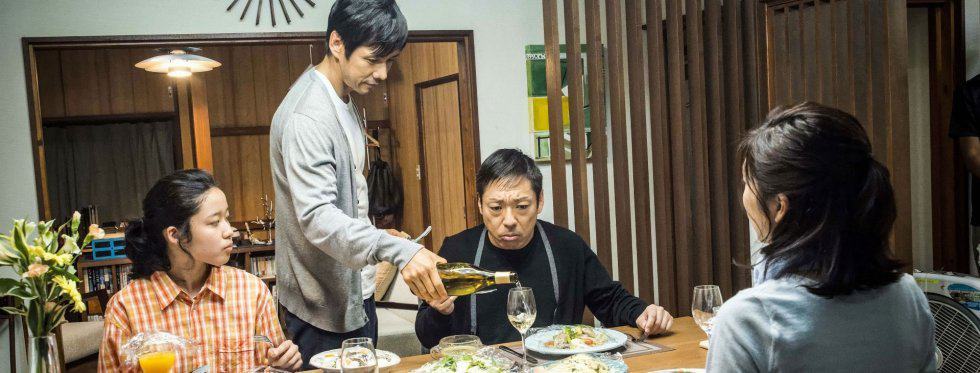
Kurosawa's most distinct trait in his horror films is his ability to build up tension slowly until the point of “explosion.” This ability does not seem to have abandoned him, as he succeeds in gradually producing the horrific elements, through the slow pace and the not so frequent dialogue, while retaining, at most of the time, a general sense that something is wrong (Panos Kotzathanasis)
10. To The Ends of the Earth

It would not be completely wrong to assume that the film feels almost a semi-documentary in places- the males standing outside and looking on as Yoko changes clothes inside the van might as well be locals wandering around an open set- and it indeed works as a far better travelogue than the intended documentary that's being shot within the film. But Kurosawa infuses the film with his trademark thrilling moments too, often when Yoko wanders by herself into alleys unknown as the sun sets on another arduous day of shooting. It is an interesting mix of genres which shouldn't work, but in Kurosawa's deft hands, the film manages to be funny, informative, entertaining, edge-of-the-seat thrilling and even fantastical in parts, specifically the two scenes where Yoko breaks out in song. (Rhythm Zaveri)


